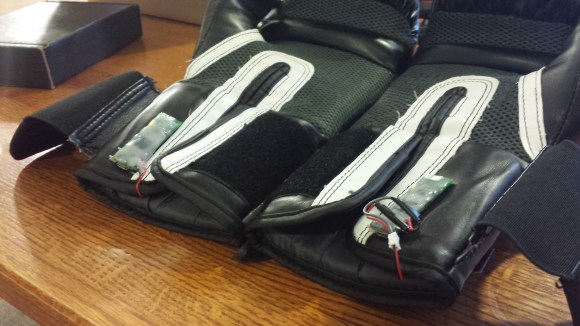It may have passed you by in the news, but the MIDI Manufacturers Association (MMA) has recently unveiled more details about the upcoming MIDI 2.0 standard. Previously we covered the prototyping phase start of this new standard. The original Musical Instrument Digital Interface standard was revealed all the way back in August of 1983, as a cooperation between companies including Moog Music, Roland, Yamaha, Korg, Kawai and others. It was the first universal interface that allowed one to connect and control all kinds of musical instruments.
Over the years, MIDI has seen use with the composing of music, allowing instruments to be controlled by a computer system and to easily share compositions between composers. Before MIDI such kind of control was limited to a number of proprietary interfaces, with limited functionality.
The MMA lists the key features of MIDI 2.0 as: Bidirectional, Backwards Compatible, and the enhancing of MIDI 1.0 where possible. Using a new technology called MIDI Capability Inquiry (MIDI-CI), a MIDI 2.0 device can exchange feature profiles and more with other 2.0 devices. 1.0 is the fallback if MIDI-CI finds no new functionality. MIDI-CI-based configuration can allow 2.0 devices to automatically configure themselves for their environment.
Suffice it to say, MIDI 2.0 is a far cry from the original MIDI standard. By transforming MIDI into a more versatile, bidirectional protocol, it opens new ways in which it can be used to tie musical devices and related together. It opens the possibility of even more creative hacks, many of which were featured on Hackaday already. What will you make with MIDI 2.0?
See a brief demonstration of this feature of MIDI 2.0 in the below video:
Continue reading “Please Meet ‘Capability Inquiry’, Part Of The MIDI 2.0 Standard”













